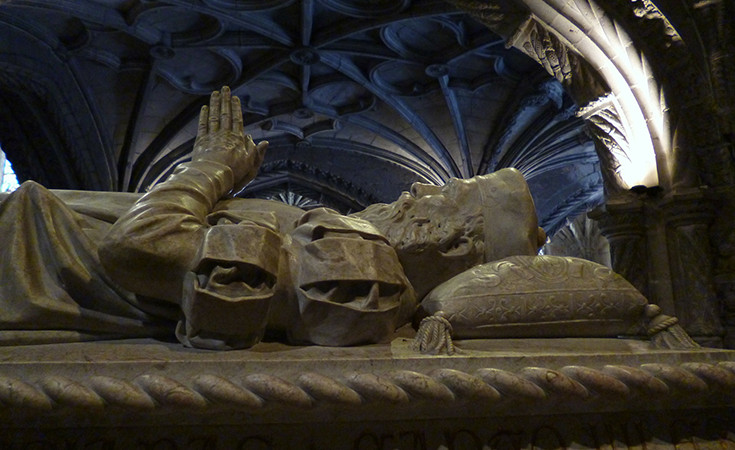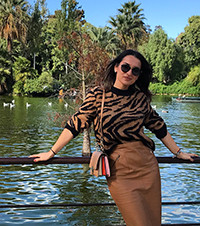
Vasco da Gama was a Portuguese explorer and navigator from the 15th century. He was born in Portugal, to father Estevo da Gama who was a nobleman. Before Vasco da Gama, his father was offered to go on an expedition to India, but in the meantime he passed away and thus left it to his son to complete the mission. Almost every corner of Lisbon is dedicated to him, to some of his discoveries and travels.
Vasco da Gama was the first seafarer to reach India from Europe by sea, thus proving his claim that Africa could be sailed. As da Gama discovered the sea route to India, he enabled his Portuguese to colonize a significant part of Asia. So the Portuguese never had to sail across the Mediterranean, next to the then dangerous Arabian Peninsula. This journey of his, including sailing to India and back, is one of the longest expeditions of that time. Even longer than traveling around the world.
The then Portuguese Empire developed a spice trade on the Asian continent. Pepper and cinnamon were traded the most. This trade also expanded with its products and continued to function for centuries. Portuguese power at sea was strong for a long time, decades later only England, France and Denmark managed to match it. Vasco da Gama led the first and fourth Indian nautical armies (armada), with the fourth being significantly larger and traveling to India four years after the first armada returned from the voyage. Da Gama was also respected in India, so for his discoveries and merits in 1524 he was appointed governor of India, viceroy and count of Vidigueir. The Portuguese poet Luis Bau de Camois wrote the song " The Lusiads" in the 16th century and dedicated it to Vasco da Gama. His trip to India is significant in the history of travel and connecting two worlds and different cultures.
Da Gama's first journey began on July 8, 1497, from Lisbon. Four ships and a total of 180 crew members took part in this expedition. The ship commanded by Vasco da Gama was called "Sao Gabriel", and the other ships were "Sao Rafael", "Berio" and one ship with food supplies. They sailed along almost the entire side of the African coast to the city now called Sierra Leone, then across the Atlantic all the way to the coast of South Africa after a few months (November 4 of the same year). Da Gama called the east coast of the southern part of Africa "Natal" - "Christmas" because they passed through that part of the coast just at Christmas.
After that, they came to Mozambique, from where they had to leave, because almost the entire east coast of Africa was under Muslim control. After that, they came to Mombasa in Kenya, from where they were also expelled, and they came to the town of Malinda, where they were warmly welcomed and received. After Malinda, and with the help of an Arabian naval guide, Da Gama arrives in India, that is, Calicut, exactly on May 20, 1498. The following year, 1499, Da Gama returned to Lisbon, but with two ships and only 55 crew members. Due to this great discovery, on his return to Portugal, he was promoted to the rank of admiral.
There is a monument dedicated to Vasco da Gama on the Cape of Good Hope, as well as one in Malinda. And in Lisbon, Vasco da Gama has a bridge, a street, a museum, etc. The whole world has heard about Vasco da Gama, about his discoveries, as well as about Portugal and the beautiful Lisbon, which widely celebrates him today.
Author of the text:

Maja Glavaš, Bachelor with Honours in Communicology. Works in Tourism.
Contact: [email protected]; instagram: travel_europe1